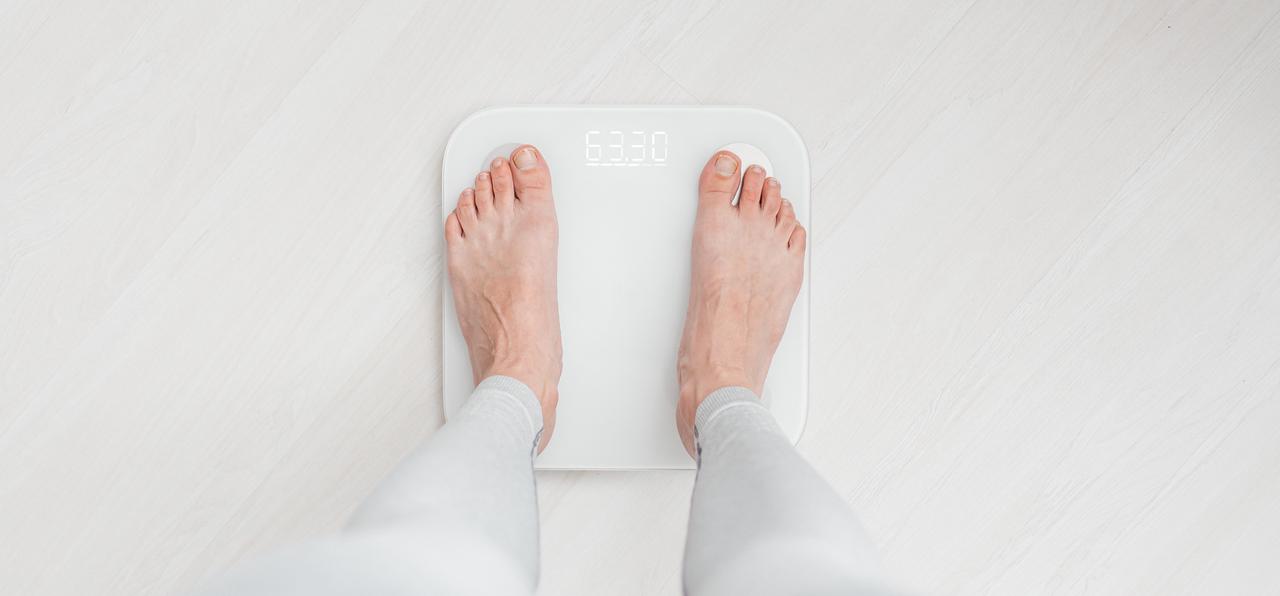
Introduction to Mindfulness Meditation: A Beginner’s Guide
Mindfulness meditation is more than just a technique; it’s a practice of living fully in the present moment. By bringing awareness to your thoughts, emotions, and body sensations without judgment, mindfulness meditation can help you find calm, reduce stress, and improve overall well-being. If you’re new to mindfulness meditation, this guide will walk you through what it is, why it matters, and how to get started in a simple, approachable way.

1. What is Mindfulness Meditation?
At its core, mindfulness meditation is about paying attention—intentionally and without judgment—to what’s happening in the present. Instead of letting your mind wander through worries, memories, or distractions, mindfulness helps you stay grounded, observing your experience as it unfolds.
In mindfulness meditation, you might focus on:
- Breathing: Bringing awareness to each breath in and out.
- Body sensations: Noticing any physical sensations, like warmth, tingling, or tension.
- Thoughts and emotions: Recognizing thoughts as they come up without reacting to or judging them.
By practicing mindfulness, we learn to respond to situations calmly instead of reacting impulsively, cultivating a state of inner balance and peace.
2. Why Practice Mindfulness Meditation?
Mindfulness meditation is backed by research and has shown numerous mental and physical health benefits:
- Reduces stress and anxiety: Mindfulness helps shift attention away from worries and toward the present, reducing overthinking.
- Improves focus and clarity: Regular practice can enhance concentration and cognitive flexibility, helping you stay focused.
- Enhances emotional regulation: Mindfulness teaches us to observe emotions without becoming overwhelmed, aiding in managing challenging feelings.
- Promotes physical health: Studies have shown that mindfulness can reduce blood pressure, improve sleep, and even enhance immune response.
By practicing mindfulness meditation, you’re nurturing skills that help you handle everyday stress, find joy in simple moments, and navigate life with greater ease.
3. Basic Principles of Mindfulness
Before diving into meditation exercises, it’s helpful to understand a few foundational principles of mindfulness:
- Non-judgment: Try to notice thoughts and emotions without labeling them as “good” or “bad.” Let them exist as they are.
- Acceptance: Accepting the present moment—even if it’s uncomfortable—reduces resistance and helps you stay grounded.
- Patience: Mindfulness is a practice, and it takes time to develop. Be patient with yourself as you learn.
These principles serve as the foundation of mindfulness practice, helping you approach meditation with an open and accepting mindset.
4. Getting Started: A Simple Mindfulness Meditation Exercise
Here’s a straightforward, five-minute meditation practice for beginners. You can do this exercise sitting comfortably, either on a chair or on the floor.
Step-by-Step Guide
1. Find a Comfortable Position
Sit up straight with your feet flat on the floor or legs crossed if you’re on the floor. Rest your hands on your knees or lap, close your eyes, and relax your shoulders.
2.Focus on Your Breath
Begin by taking a few deep breaths, inhaling through your nose and exhaling slowly through your mouth. Then, let your breathing settle into a natural rhythm.
3. Notice Your Breath
Pay attention to each inhale and exhale. Notice how the breath feels entering your nostrils, filling your chest, and leaving your body. If your mind starts to wander, gently bring it back to your breath.
4. Scan Your Body
After a few breaths, bring your awareness to different parts of your body. Start from your head and slowly work down to your toes, noticing any areas of tension or relaxation.
5. Observe Your Thoughts
Allow thoughts to come and go without attaching to them. When a thought arises, simply acknowledge it and let it pass, returning your focus to your breath.
6. Conclude Gently
After a few minutes, take a deep breath and slowly open your eyes. Notice how you feel before resuming your day.
This exercise, though simple, helps you develop mindfulness by bringing attention to the present moment. Practice it regularly, even if only for five minutes each day, to build a consistent habit.
5. Common Challenges and How to Overcome Them
As a beginner, you may encounter challenges along the way. Here’s how to address some common ones:
- Wandering Mind: It’s natural for thoughts to arise. Instead of feeling frustrated, gently guide your attention back to your breath each time your mind wanders. Think of this as part of the practice rather than a mistake.
- Physical Discomfort: Adjust your sitting position if you feel discomfort. You can try sitting on a cushion or using a chair to support your posture.
- Impatience: If you feel restless, remind yourself that mindfulness is a process. Start with shorter sessions, gradually increasing the time as you grow more comfortable.
6. Incorporating Mindfulness Into Daily Life
Mindfulness isn’t limited to formal meditation; you can bring it into your everyday activities. Here are a few ways to incorporate mindfulness outside of meditation:
- Mindful Eating: Pay full attention to your food’s taste, texture, and aroma. Eating slowly can help you appreciate your meal and feel more satisfied.
- Mindful Walking: As you walk, notice each step, the sensation of your feet touching the ground, and your surroundings.
- Mindful Breathing: Anytime during the day, take a few deep breaths, focusing on the sensation of breathing to ground yourself.
Integrating these practices into your routine can bring more awareness and appreciation to even the simplest moments.
7. Building a Consistent Practice
Consistency is key to experiencing the full benefits of mindfulness meditation. Here are a few tips to help make it a regular habit:
- Start Small: Aim for five minutes a day, then gradually increase to 10-15 minutes as you grow more comfortable.
- Set a Time: Choose a specific time each day, like morning or evening, to make it part of your routine.
- Use Guided Meditations: Apps and online resources provide guided sessions that can help keep you focused, especially in the beginning.
8. Resources for Further Exploration
If you’re interested in deepening your mindfulness practice, here are some resources to explore:
- Mindful.org: Articles and guided meditations to support beginners.
- Headspace & Insight Timer: Apps that offer guided sessions, beginner courses, and customizable meditation lengths.
- Books: “Wherever You Go, There You Are” by Jon Kabat-Zinn provides a gentle introduction to mindfulness and its life-changing benefits.
Conclusion: The Journey Begins
Starting a mindfulness meditation practice may feel like a small step, but its impact can be profound. As you grow in awareness and learn to be present, you’ll likely notice changes in your ability to handle stress, find joy, and approach life with greater ease. Remember, mindfulness is a journey, so take your time, be patient with yourself, and enjoy each moment along the way.
Happy meditating!
Meet Fitnexa, your AI-driven companion that turns everyday habits into a positive, uplifting journey. From effortless meal analysis (including recipe suggestions) to personalized coaching and real-time support, Fitnexa keeps you on track toward lasting wellness — so you can stay younger, live longer.
https://apple.co/4hr8JGW





Leave a comment
This site is protected by hCaptcha and the hCaptcha Privacy Policy and Terms of Service apply.